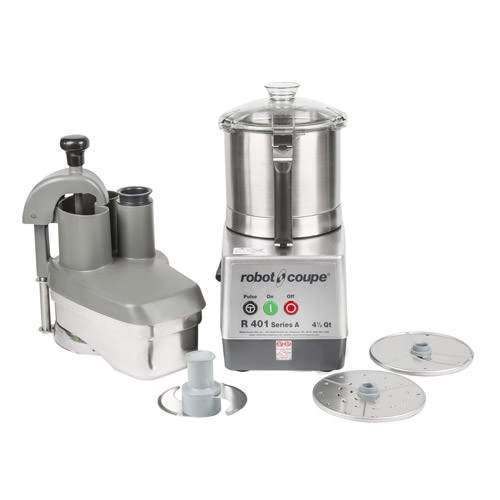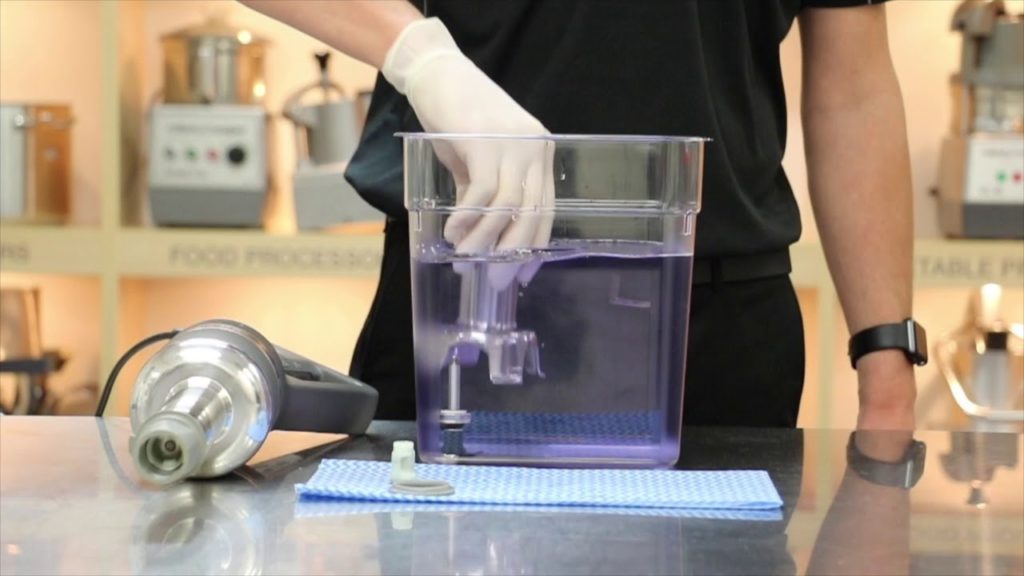02 May, 2019
Commercial Food Processor Maintenance
Most people do not know the difference between food processors and blenders and many entrepreneurs buy the wrong appliance for their establishments in the food industry. A commercial food processor chops, slices, liquefies, and dices food and ingredients as well as the capability of mixing the dough. Apart from cleaning after use, food processors are low maintenance appliances. However, with continued use, you will need to enlist the help of a professional food processor repairs company.

Common Commercial Food Processor Problems
Like any other appliance in your kitchen, commercial or residential, there comes a time when problems crop up. Here are some of the problems which when they arise, they may affect the equipment !
Dull Blades
Continued use of the food processor will warrant that the blades will at one point become dull. This will result in the food processor’s failure to cut chop, dice, and liquefy the food as desired. Contact us immediately to avoid having your ingredients looking a mess.
Stuck Blades
This problem arises especially when you have food sediments are lodged in the blade assembly, or the drive coupling builds up rust. When the blades start to get stuck, and the food processor is not in pulse mode you need to stop using the appliance and contact us ASAP! The worst-case scenario should you continue using a food processor with stuck blades is that it could blow up.
Fails to Turn On
If your food processor fails to run even when connected to the power supply, you have a significant problem on your hands. You might have damaged cords or a faulty motor. Trying to make the food processor repairs a DIY project; you could aggravate the situation and cause more damages.
Food Processor Functions at Certain Speeds Only
Food Processors have various speeds to which they ought to function, but problems might crop up with the multi-speed switch. This is an internal problem that will require removing the covering and inspecting the electrical components.
How to Clean a Food Processor
- Take the food processor apart. Food processors have several pieces and you’ll need to take off the top, remove the pusher unit, take out the blade, and take the bowl off the motor. Bits of food can hide in any of these areas and you’ll need everything separated in order to clean your food processor. Set the blade aside for special care.
- Wash the blade. You should wash the blade first, immediately after use. This will help keep it sharp as any moisture from ingredients or soaking can dull the blade. This also prevents food from drying inside the crevices or tube attached to the blade. These will be easier to rinse out immediately after use. Taking care not to cut yourself, gently scrub it with a mild soap and a pad. Dry the blade with a dry dish towel so there is no moisture that can lead to rust.
- Wash the removable parts. All the removable pieces of the food processor can be washed in warm water with a mild dish soap. You can let them soak for awhile if you don’t want to do wash them immediately. Do not scrub the parts of the processor with abrasive cleaners or pads. Or, the removable parts other than metal blades can be washed in the dishwasher on the top rack.

- Wipe down the base/motor. Using a damp cloth, wipe down the base/motor area. Do not submerge this unit in water or pour water over the base/motor unit. A simple wipe down is usually all that is needed. For stubborn stains (like tomato), mild dish soap or a baking soda paste may be able to lift out the stain.
- Fully dry and assemble the processor. Dry the pieces of the processor completely. Put it back together and store it away. If you use your food processor on a regular basis, store it on a countertop or in another accessible location.
